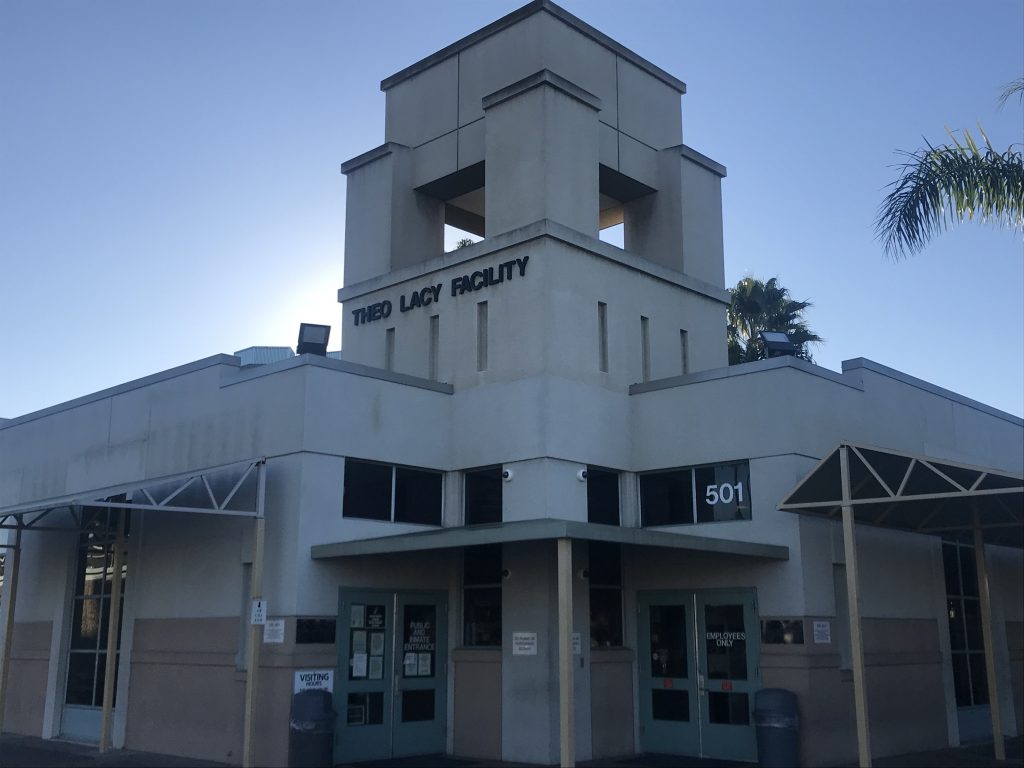
By Hairo Cortes, Chispa
Last week, the Supreme Court of the United States ruled in favor of indefinite detention for immigrants with past criminal convictions across the country. While, in practice, this was already the reality for tens of thousands of immigrants imprisoned across the vast network of private and publicly-owned immigrant prisons across most of the nation, it wasn’t the case in California and the western states overseen by the 9th Circuit Court of Appeals.
The appellate court created a small respite out west by ruling that immigrants who hadn’t been immediately transferred to immigration detention after serving their time for criminal convictions were not subject to mandatory detention without bond–hardly a dent in the mass deportation system, but a step in the right direction, nonetheless. Not anymore.
In their 5-4 ruling, the conservative justices on the high court did away with these protections while leaving the door open to a future challenge against the use of mandatory detention.
If you’ve followed this column, or the work of immigrant rights groups, you’ve heard plenty about the immigrant prison system.
We’ve spoken at length about the dismal conditions inside these prisons where rotten food is standard fare and the lack of minimal healthcare standards carries deadly consequences in prisons like the privately-run Adelanto Detention Facility. We’ve broken down how the immigrant prison system is propped up by both private equity and municipal governments trying to get their cut of the money the federal government spends to lock immigrants away.
As organizers, we often focus on the worst excesses of the system, something that’s especially easy to do when locking children away in black sites is a core job requirement for Immigration and Customs Enforcement (ICE) and Border Patrol agents.
But taking the issue to its core: caging immigrants in a soul-crushing prison for what’s supposed to be a civil offense, whether the building is in the middle of a desert or a big city, even under the best of conditions, is wrong.
I remember the first time I visited someone at one of these prisons. He had been at Adelanto for months. Although eventually I came to meet people whose time in one of these places added up to years, I remember my first visit most vividly.
He was brought out in an orange jumpsuit to visiting room. A guard stood watch on both sides of the room. The concrete walls were grey and thick. The detainee was in good spirits. He was cracking jokes with my colleague. But I felt the heaviness of the place. My breath thinned and my head started to spin. I felt a pit in my stomach.
I had to step out.
I made it to the hallway when I decided I had to stay. I’d been there fifteen minutes, maybe. What’s another fifteen when he’d been there much longer?
To this day, I can’t wrap my mind around the resiliency it takes to survive an immigrant prison for months at a time. Now the Supreme Court is telling us that the government has the right to imprison more people indefinitely.
I wonder how many people left their countries to escape shit like this.

Deport This! is a partnership between OC Weekly, Chispa and Orange County Immigrant Youth United. The column is a rebuttal of Donald Trump’s racist politics and his OC cheerleaders, who’ll no doubt get triggered every week with news and views by and about the undocumented community.


My god…this must be a violation of international law, right? Right?